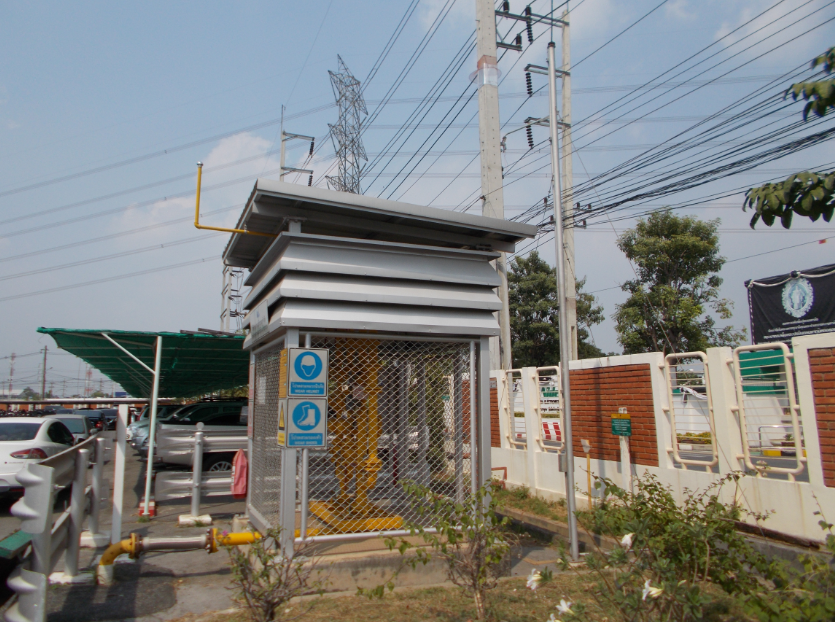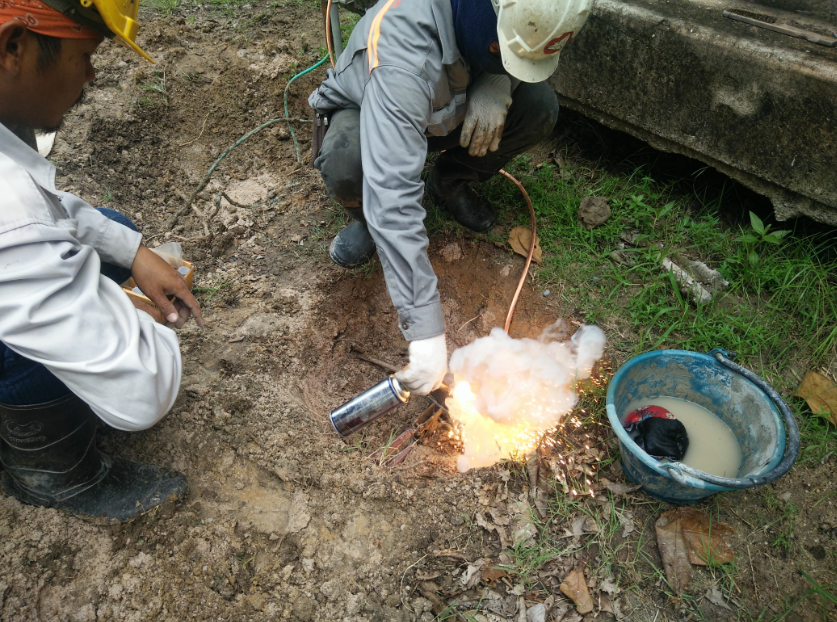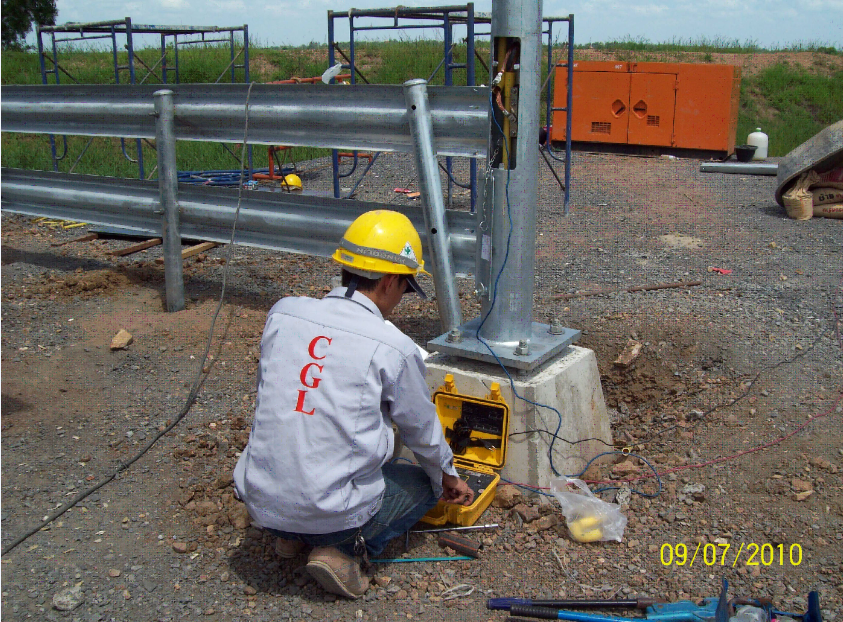Grounding, Lighting & Lightening Systems Design, Installation & Commissioning
Lightning is a natural disaster causing various damage. Therefore, Lightning protection system is necessary because lightning results can lead to loss of life and property.

GROUNDING system
lighting system
Lighting or illumination is the deliberate use of light to achieve a practical or aesthetic effect. Lighting includes the use of both artificial light sources like lamps and light fixtures, as well as natural illumination by capturing daylight. Day lighting is sometimes used as the main source of light during daytime in buildings. This can save energy in place of using artificial lighting, which represents a major component of energy consumption in buildings. Proper lighting can enhance task performance, improve the appearance of an area, or have positive psychological effects on occupants.
Lightning protection system
Lightning protection systems are used to prevent or lessen lightning strike damage to structures. Lightning protection systems mitigate the fire hazard which lightning strikes pose to structures. A lightning protection system provides a low-impedance path for the lightning current to lessen the heating effect of current flowing through flammable structural materials.The parts of a lightning protection system are air terminals (lightning rods or strike termination devices), bonding conductors, ground terminals, and all of the connectors and supports to complete the system. The air terminals are typically arranged at or along the upper points of a roof structure, and are electrically bonded together by bonding conductors, which are connected by the most direct route to one or more grounding or earthing terminals. Connections to the earth electrodes must not only have low resistance, but must have low self-inductance. The majority of lightning protection systems in use today are of the traditional Franklin design. The fundamental principle used in Franklin-type lightning protections systems is to provide a sufficiently low impedance path for the lightning to travel through to reach ground without damaging the build.
POPULAR QUESTIONS
The function of an external lightning protection system is to intercept, conduct and disperse a lightning strike safely to earth. … Step and touch voltages generated from a lightning strike can cause injury, or even loss of life, to humans (and animals) in the close vicinity.
No. This is a common misconception about lightning protection. Lightning protection systems and strike termination devices (rods) simply intercept alightning strike and provide a safe and effective path that takes lightning’sharmful electricity to ground. … Lightning protection is not a do-it-yourself project.
Surge protection minimises the risk of damage from lightning strikes, voltage and power surges and transient voltages by blocking or redirecting unwanted surgecurrent to earth.



